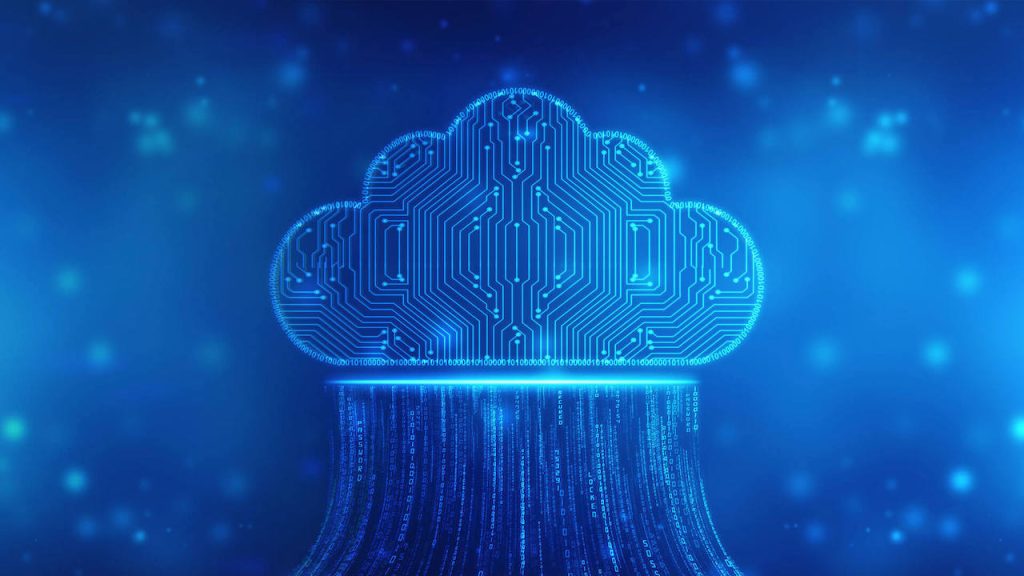If you are currently a student interested in learning more about cloud computing, that’s a great idea! Being such an in-demand and fast-growing field, it can be a great addition to your current knowledge base. And mastering this technology can also help you become more future-ready. But where should you start? We have to admit that understanding the complex concept of cloud computing can be pretty hard and take some time. So, the first thing you should do is find a papers writing service you can rely on to free up some time without risking your grades. And then, you should read this guide to get an introduction to this topic.
What is Cloud Computing?
These days this technology is widely used by businesses across all industries and verticals. So, what does it stand for in the first place? In a nutshell, the term cloud computing is used to describe the process of delivering various computing services (such as databases, servers, software, etc.) via the cloud (the Internet). The purpose of this is to provide more flexible resources, faster innovation, and economies of scale. The core reason why businesses switch to cloud computing is that it allows their operating costs. When leveraging this technology, companies only have to pay for the selected cloud services. Respectively, they can save lots of money on a bigger scale.
Types of Clouds
Public: This type is owned and maintained by a service provider (third-party) that delivers IT resources to clients. With this type, all infrastructure and services are maintained on a public network.Private: This type is owned, operated, and used exclusively by a single company. In this case, all services and infrastructure are stored on a private network.Hybrid: The last type, hybrid, is a combination of private and public. It allows sharing of the infrastructure, applications, and data between public and private networks in order to give more deployment options, greater flexibility, and other benefits.
Types of Cloud Services
Another thing beginners should know is that such services can be divided into four major categories. Each category is meant to simplify different areas of operations. Thus, they build on top of one another. Let’s see what these categories are:
PaaS or Platform as a Service provides businesses with an on-demand online environment. This environment is used for creating, testing, launching, and maintaining software applications. Simply put, PaaS helps organizations and developers to build mobile or web apps faster and easier. And it allows them to do it without worrying about setting up the needed infrastructure.SaaS or Software as a Service delivers clients with software applications over the Internet. This method of application delivery implies that providers create, host, and manage software, as well as deal with all infrastructure and maintenance tasks. Users, in their turn, connect to the app over the web using their gadgets and a web browser.IaaS or Infrastructure as a Service is a service that lets businesses rent the needed IT infrastructure with all servers, networks, VMs, storage, and operating systems.Serverless Computing overlaps with PaaS to help organizations build the needed app functionality without having to spend additional time on managing the infrastructure and servers required for building these features. In this scenario, a provider handles a variety of time-consuming tasks such as server management, capacity planning, and setup. Developers, in their turn, can access and use the needed resources right when they need them.
7 Benefits of Cloud Computing
Security
Compared to traditional IT resources, cloud solutions are proven to be more secure. Such solutions often come with a wide range of technologies, controls, and policies that help organizations protect their infrastructure, apps, and data from various threats.
Speed
Another big perk of such services is speed. Such services are most often provided on-demand and self-service. This allows delivering a huge volume of resources in several clicks. This gives organizations lots of flexibility and helps speed up day-to-day operations.
Reliability
Cloud solutions are very reliable. Such services often come with advanced disaster recovery, business continuity, and data backup features. These features allow businesses to mirror their data at multiple resources to protect themselves from loss.
Cost
Switching to the cloud allows organizations to save plenty of money. Namely, this technology cuts down such major expenses as IT experts for managing the infrastructure, hardware and software purchases, purchase and maintenance of on-site data centers, etc.
Productivity
As a rule, on-site data centers require lots of effort to set up and maintain. Some of the most common required tasks include the setup of the needed hardware. Software patching might also be required. And, there might be other IT management activities as well. Cloud computing can rid businesses of the necessity to do many such tasks. As a result, IT teams can get rid of time-consuming tasks and focus on more important tasks.
Scalability
Another big benefit of this technology is that it leaves plenty of space for scalability. With the help of the cloud, businesses can receive the right amount of IT resources they need at every stage of the company development. This makes scalability seamless and much more efficient.
Performance
The last but not least important benefit of this technology is that it offers excellent performance. The most popular services run on the basis of a global network for safe data centers. These data centers are regularly updated with the most cutting-edge hardware. Thus, compared to using a single corporate data center, this approach can provide much better performance and efficiency. Now, you have a general idea of what cloud computing is, what kinds of services there are, and what real benefits it can bring. Of course, it is impossible to fit such a complex subject into a small guide. But, this article should give everyone interested in this topic a good starting point.
